Home>Fans, Heaters & Lighting>How Does A Space Heater Work?
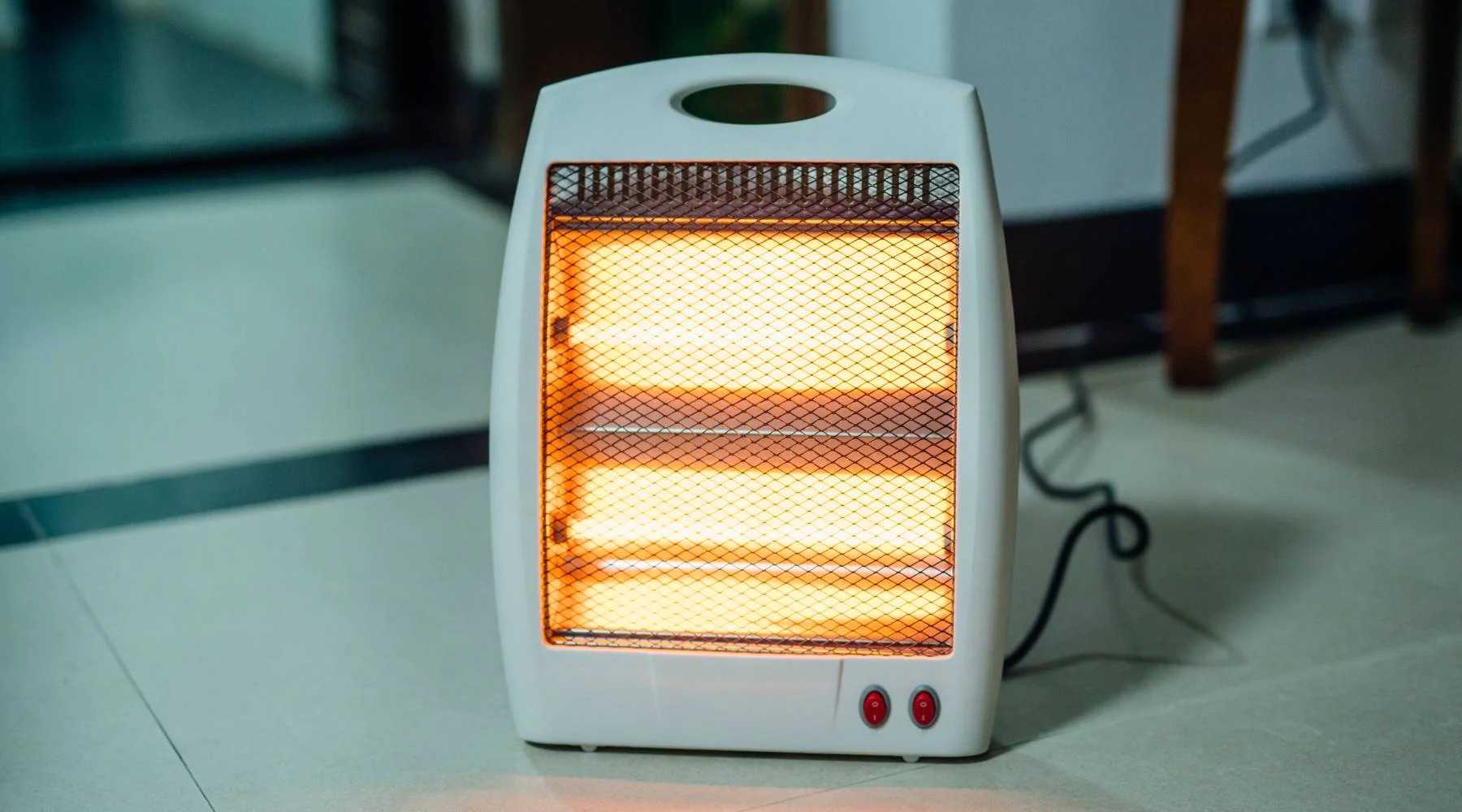

Fans, Heaters & Lighting
How Does A Space Heater Work?
Modified: August 27, 2024
Discover how space heaters work and learn about their various features and benefits in this informative article.
(Many of the links in this article redirect to a specific reviewed product. Your purchase of these products through affiliate links helps to generate commission for Storables.com, at no extra cost. Learn more)
Introduction
Space heaters have become an essential appliance for many households, providing much-needed warmth during the colder months. As the name suggests, these compact devices are designed to heat a small area or room, offering a cost-effective and convenient heating solution. Whether you want to warm up your home office, living room, or bedroom, a space heater can provide the comfort and coziness you desire.
In this article, we will delve into the inner workings of space heaters and explore the different types available in the market. By understanding how these devices function, you can make an informed decision when choosing the right one for your needs.
So, let’s dive in and unravel the mystery of how space heaters work.
Key Takeaways:
- Understanding the diverse types of space heaters, from convection to radiant and oil-filled radiators, empowers consumers to make informed choices based on their specific heating needs and preferences.
- Safety features, energy efficiency considerations, and factors like heating capacity and portability play crucial roles in selecting the right space heater for a cozy, comfortable, and worry-free heating experience.
Read more: How Does A Patio Heater Work
Overview of Space Heaters
Space heaters are portable heating devices designed to provide localized heat in small areas or rooms. They are a popular choice for individuals who want to supplement their central heating systems or use them as a primary heating source in smaller spaces. These compact devices are available in various sizes, styles, and heating mechanisms to suit different preferences and needs.
One of the key benefits of space heaters is their portability. They can be easily moved from one room to another, allowing you to target specific areas that require extra warmth. Whether you want to heat up your office while working, warm your living room while watching TV, or keep your bedroom cozy during the night, a space heater offers flexibility and convenience.
Space heaters are commonly used in homes, offices, garages, and other small spaces. They come with a range of features and safety mechanisms to ensure efficient heating without compromising the well-being of the user or the surrounding environment. From basic models with adjustable heat settings to advanced units with programmable timers and remote controls, there is a space heater for every preference and budget.
Before diving into the different types of space heaters, it’s important to note that they are not intended as a substitute for a properly functioning central heating system. They are best used as a supplemental heat source in areas where additional warmth is needed or as a temporary solution during power outages or heating system failures.
Now that we have a general understanding of space heaters, let’s explore the various types available on the market and how they operate.
Types of Space Heaters
When it comes to space heaters, there is no shortage of options to choose from. Different types of space heaters employ varying heating mechanisms to provide warmth. Let’s take a closer look at some of the most common types:
- Convection Heaters: Convection heaters work by heating the air around them and distributing it throughout the room. They feature an electric heating element or a fuel burner that warms the air, which then rises and circulates, creating a convection current. These heaters are effective for heating entire rooms.
- Radiant Heaters: Radiant heaters produce heat by radiating infrared radiation directly to objects and people in their vicinity. They do not warm the air like convection heaters, but rather emit heat that is absorbed by solid objects, providing instant warmth. Radiant heaters are ideal for spot heating and are often used in outdoor areas and garages.
- Ceramic Heaters: Ceramic heaters use a ceramic heating element to generate heat. The element heats up when electricity passes through it, and a fan blows the warm air into the room. These heaters are known for their energy efficiency and even heat distribution.
- Oil-Filled Radiators: Oil-filled radiators heat oil enclosed in a series of columns or fins. The oil retains heat and radiates it into the room over an extended period, even after the heater is turned off. These heaters are popular for their long-lasting warmth and silent operation.
These are just a few examples of the diverse range of space heaters available in the market. Each type has its own unique characteristics and advantages, catering to different heating needs and preferences. Understanding the different types of space heaters helps you make an informed decision when selecting the most suitable one for your specific requirements.
Heating Mechanism: Convection Heaters
Convection heaters are a popular choice for heating larger areas or entire rooms. They operate on the principle of convection, which involves the circulation of heated air. Let’s take a closer look at how convection heaters work:
Convection heaters consist of an electric heating element or a fuel-burning mechanism, such as natural gas or propane. When the heater is turned on, the heating element or burner starts to generate heat. The heated air rises and creates a convection current, displacing the cooler air in the room. As a result, the entire space gradually becomes warmer.
Most convection heaters have built-in fans or blowers that help accelerate the convection process. These fans force the warm air out of the heater and into the room, distributing heat more evenly. The fan also helps to increase the efficiency of the heater by allowing it to heat up the room faster.
Convection heaters typically have adjustable heat settings that allow you to control the intensity of the heat output. This gives you the flexibility to customize the temperature according to your preference and the comfort level you desire.
One of the advantages of convection heaters is their ability to provide consistent and uniform heating. As the heated air circulates, it fills up the entire room, ensuring that no corner is left cold or neglected. This makes convection heaters particularly suitable for larger spaces or rooms with open layouts.
It is worth noting that convection heaters can take some time to warm up a room, especially if the area is significantly larger. However, once the room reaches the desired temperature, the heater maintains a relatively steady warmth, creating a cozy and comfortable environment.
In terms of safety, modern convection heaters are equipped with several features to protect against overheating and tip-over accidents. These safety mechanisms provide peace of mind while using the heater, making them a safe heating option for homes and offices.
In summary, convection heaters operate by circulating heated air to warm up a room. With adjustable heat settings and built-in fans, these heaters offer consistent and even heating, making them an excellent choice for heating larger areas or rooms.
Heating Mechanism: Radiant Heaters
Radiant heaters are a popular choice for spot heating and providing instant warmth. These heaters operate on the principle of infrared radiation, which directly heats objects and people in their vicinity. Let’s take a closer look at how radiant heaters work:
Radiant heaters feature a heating element, typically made of quartz or metal, that emits infrared radiation when heated. Unlike convection heaters that warm the air, radiant heaters emit heat that is absorbed by solid objects, including furniture, walls, and occupants in the room. This direct transfer of heat makes radiant heaters efficient and allows them to create a comfortable environment quickly.
When you turn on a radiant heater, the heating element begins to emit infrared radiation. This radiation travels in a straight line and heats up objects it comes into contact with, including your body. As a result, you feel warm and cozy without having to wait for the air to heat up.
One of the key advantages of radiant heaters is their ability to provide instant heat. As soon as you turn on the heater, you start to feel its warmth, unlike convection heaters that take some time to heat up the surrounding air. This makes radiant heaters particularly useful for spaces where immediate heat is desired, such as garages, outdoor areas, and workstations.
Radiant heaters are also known for their energy efficiency. Since they directly heat the objects in the room, they do not waste energy on heating the air. This targeted heating reduces energy consumption and allows you to enjoy warmth while minimizing electricity costs.
It’s important to note that radiant heaters are best suited for small areas or spot heating rather than heating entire rooms. They are ideal for personal heating needs, such as warming up a specific workspace or keeping yourself comfortable in a chilly corner of a room.
When using radiant heaters, it’s crucial to consider safety precautions. Some radiant heaters are equipped with features like tip-over switches and overheating protection to ensure safe operation. Additionally, it’s important to keep flammable materials at a safe distance from the heater and avoid using them in crowded or confined spaces.
Overall, radiant heaters provide instant warmth through infrared radiation. With their quick heating capabilities and energy efficiency, these heaters are an excellent choice for spot heating and personal comfort.
Read more: Why Is My Space Heater Not Working?
Heating Mechanism: Ceramic Heaters
Ceramic heaters are popular for their energy efficiency, even heat distribution, and safety features. These heaters utilize a ceramic heating element to generate warmth. Let’s explore how ceramic heaters work:
Ceramic heaters consist of a ceramic heating element housed within a metal enclosure. When you turn on the heater, an electric current passes through the ceramic element, heating it up. As the element heats up, it radiates heat into the surrounding area.
Unlike radiant heaters that emit infrared radiation or convection heaters that heat the air, ceramic heaters produce heat through a combination of convection and radiation. The ceramic element reaches a high temperature, and a built-in fan blows the warm air into the room, facilitating convection. At the same time, the ceramic surface radiates heat, providing direct warmth to nearby objects and individuals.
One of the significant advantages of ceramic heaters is their energy efficiency. The ceramic element heats up quickly, allowing the heater to deliver instant warmth. Additionally, the ceramic material retains heat well, enabling the heater to continue emitting warmth even after the heating element is turned off.
Ceramic heaters are also known for their even heat distribution. The built-in fan helps to circulate the warm air throughout the room, ensuring that no corner is left cold. This feature makes ceramic heaters particularly suitable for larger spaces or rooms with open layouts.
Another notable aspect of ceramic heaters is their safety features. Many models come with overheat protection, which automatically shuts off the heater if it reaches a certain temperature to prevent any risk of fire or damage. Additionally, some ceramic heaters have tip-over switches that turn off the heater if it falls or is knocked over.
When using a ceramic heater, it’s important to ensure proper ventilation. While ceramic heaters do not burn oxygen or produce harmful gases, adequate airflow is essential to prevent excessive buildup of heat in the area. Additionally, it’s advisable to keep flammable materials at a safe distance from the heater and never leave it unattended.
In summary, ceramic heaters generate heat by utilizing a ceramic heating element that radiates warmth while a fan facilitates convection. They offer energy efficiency, even heat distribution, and safety features, making them a popular choice for heating various spaces.
Space heaters work by converting electrical energy into heat through a heating element, such as a metal coil or ceramic plate. The heat is then dispersed into the surrounding area through convection or radiation. Always follow safety guidelines when using a space heater.
Heating Mechanism: Oil-Filled Radiators
Oil-filled radiators are a type of space heater that provide long-lasting warmth and operate on a unique heating mechanism. Let’s explore how oil-filled radiators work:
Unlike other types of heaters that use electric heating elements or gas burners, oil-filled radiators contain a series of columns or fins that are filled with a specially designed oil. This oil acts as a heat reservoir and plays a crucial role in the heating process.
When you turn on an oil-filled radiator, the electric heating element inside the device starts to heat up the oil. As the oil gets warmed, it retains heat and begins to radiate it into the surrounding environment. This radiant heat warms the air in the room, creating a cozy and comfortable ambience.
One of the key advantages of oil-filled radiators is their ability to provide long-lasting warmth. Even after turning off the heater, the oil inside the columns or fins retains heat and continues to emit warmth into the surrounding area. This makes oil-filled radiators an excellent choice for maintaining a consistent temperature and saving energy.
Oil-filled radiators operate silently, making them ideal for use in bedrooms, living rooms, or any other space where quietness is desired. These heaters do not rely on fans or blowers, resulting in a noise-free heating experience. The absence of moving parts also contributes to the durability and reliability of oil-filled radiators.
Another advantage of oil-filled radiators is their safety features. Since the heating element is immersed in the oil, the risk of electric shock or accidental burns is minimized. Additionally, oil-filled radiators have built-in thermal protection that shuts off the heater if it exceeds a certain temperature, preventing overheating and potential fire hazards.
It’s important to note that oil-filled radiators do take some time to heat up a room compared to other types of heaters. However, their ability to retain heat allows for a more gradual and uniform temperature distribution. Once the desired temperature is reached, the heater maintains a consistent warmth without emitting excessive heat.
Oil-filled radiators are also suitable for individuals who suffer from allergies or respiratory issues. Since they do not produce dry or dusty heat like some other heaters, oil-filled radiators help maintain a comfortable humidity level in the room, reducing the chances of dry throat or skin irritation.
In summary, oil-filled radiators use a specially designed oil to generate and retain heat, providing long-lasting warmth and a silent heating experience. With their energy efficiency, safety features, and ability to maintain a comfortable humidity level, oil-filled radiators are a popular choice for heating various spaces.
Safety Features in Space Heaters
Safety is a top priority when it comes to using space heaters. To ensure safe operation and minimize the risk of accidents or hazards, modern space heaters are equipped with a range of safety features. Let’s explore some of the common safety features you may find in space heaters:
- Overheat Protection: Many space heaters are designed with built-in temperature sensors that detect when the heater reaches a certain high temperature. If the heater exceeds the safe temperature limit, the overheat protection feature automatically shuts off the heater, preventing overheating and potential fire hazards.
- Tip-Over Switch: Tip-over switches are designed to shut off the heater if it is accidentally knocked over or tilted beyond a certain angle. This feature prevents the heater from continuing to operate in an unsafe position, reducing the risk of fire and injuries.
- Cool-to-Touch Exterior: Space heaters with a cool-to-touch exterior surface are designed to stay cool even when the heater is operating at high temperatures. This feature prevents accidental burns, especially if the heater is in the vicinity of children or pets.
- Timer and Programmable Settings: Some space heaters come with programmable timers that allow users to set specific operating durations. This feature helps prevent the heater from running for extended periods without supervision, reducing the risk of overheating or accidental damage.
- Automatic Shut-Off: Automatic shut-off features are designed to turn off the space heater after a certain period of inactivity. This feature is particularly useful if you accidentally leave the heater running unattended, preventing unnecessary energy consumption and fire hazards.
- Child Lock: Certain space heaters are equipped with child lock features to prevent children from accidentally changing the settings or operating the heater without supervision. This ensures the safety of children and avoids any potential accidents.
- Quality Materials and Construction: Space heaters made from high-quality materials and built with sturdy construction can contribute to overall safety. Durable heaters are less likely to malfunction or pose risks due to loose parts or faulty wiring.
- Certifications and Safety Standards: When purchasing a space heater, be sure to look for certifications and safety standards, such as UL (Underwriters Laboratories) certification or the ETL (Intertek) mark. These certifications ensure that the heater has undergone rigorous testing to meet safety requirements.
While space heaters are equipped with various safety features, it’s essential to follow basic safety guidelines when using them. This includes placing the heater on a stable surface, keeping flammable objects at a safe distance, and never leaving the heater unattended.
By understanding and utilizing the safety features incorporated into space heaters, you can enjoy the warmth and comfort they provide with peace of mind.
Power Source and Energy Efficiency
Space heaters are available in different power sources, each with its own impact on energy efficiency. Understanding the power source of a space heater can help you make an informed decision based on your energy consumption and environmental concerns. Let’s explore the power sources commonly used in space heaters and their impact on energy efficiency:
- Electric Space Heaters: Electric space heaters are the most common type on the market. They are powered by electricity and typically use resistive heating elements to generate warmth. Electric heaters convert electrical energy into heat energy, making them relatively efficient. However, the efficiency can vary depending on the heater’s design and features. Look for electric heaters with adjustable thermostats or programmable timers to help optimize their energy usage.
- Gas and Propane Space Heaters: Gas and propane space heaters utilize combustion to generate heat. They burn natural gas or propane fuel to produce warmth. Gas heaters can be highly efficient, especially if they are properly vented and have a high energy efficiency rating. It’s important to ensure that gas heaters are used in well-ventilated areas to avoid the accumulation of harmful gases like carbon monoxide. If you opt for a gas or propane heater, consider models with high-efficiency burners and built-in safety features.
- Hybrid Space Heaters: Hybrid space heaters combine two power sources, typically electricity and fuel, to achieve better energy efficiency. These heaters utilize both electric heating elements and a combustion chamber powered by fuel. They provide the advantages of both electric and gas heaters, offering efficient heating and the option to switch between electricity and fuel depending on availability and cost.
- Solar-Powered Space Heaters: Solar-powered space heaters utilize solar energy to generate heat. They typically have solar panels that convert sunlight into electricity, which is then used to generate warmth. Solar-powered heaters are environmentally friendly and can be highly efficient, as they harness renewable energy. However, they might not be suitable for areas with limited sunlight or during cloudy days.
Regardless of the power source, energy efficiency can also be influenced by the design and features of the space heater. Look for heaters with energy-saving features like programmable timers, adjustable thermostats, and built-in sensors that control heat output based on the room’s temperature. Additionally, heaters with proper insulation and heat distribution mechanisms can help maintain a comfortable temperature while minimizing energy waste.
It’s important to choose a space heater with an appropriate size for the area you need to heat. An oversized heater can result in wasted energy, while an undersized heater may struggle to provide enough warmth. Consider the heating capacity of the heater and match it to the size of the room or space you intend to heat.
Energy efficiency is not only beneficial for reducing energy consumption and utility bills but also for minimizing the environmental impact. By selecting an energy-efficient space heater and using it wisely, you can enjoy the benefits of warmth while being mindful of energy conservation.
Read more: How Does Containers Work
Factors to Consider When Choosing a Space Heater
With a wide variety of space heaters available in the market, it can be overwhelming to choose the right one for your needs. To ensure you make an informed decision, consider the following factors when selecting a space heater:
- Heating Capacity: Determine the size of the room or space you want to heat. Look for a heater with a heating capacity suitable for the size of the area. A heater with too low a capacity will struggle to heat the space, while a heater with too high a capacity will waste energy.
- Heating Mechanism: Understand the different heating mechanisms available, such as convection, radiant, ceramic, or oil-filled radiators. Consider which mechanism best meets your heating needs and preferences.
- Energy Efficiency: Look for space heaters with energy-saving features like adjustable thermostats, programmable timers, and efficient heating elements. Additionally, consider the power source and choose a heater that aligns with your energy consumption goals.
- Safety Features: Ensure that the space heater has safety features such as overheat protection, tip-over switch, and a cool-to-touch exterior. These features help prevent accidents and protect against potential hazards.
- Noise Level: Consider the noise level of the space heater. If you prefer a quiet environment, look for heaters that operate silently or with low noise levels. This is especially important if you plan to use the heater in bedrooms or offices.
- Portability: If you want the flexibility to move the heater from room to room, consider a portable and lightweight option. Look for features like carrying handles and swivel casters for easy transportation.
- Controls and Settings: Check the controls and settings of the heater. Look for easy-to-use controls and options like adjustable heat settings, fan-only mode, or temperature displays.
- Price and Budget: Set a budget for your space heater purchase and compare different models within that price range. Consider the long-term energy savings and durability of the heater to make a cost-effective decision.
- Brand and Reputation: Consider the reputation and reliability of the brand when choosing a space heater. Look for reputable brands that offer warranties and have positive customer reviews.
- Additional Features: Look for additional features that suit your preferences, such as remote control operation, oscillation for wider heat distribution, or a built-in air purifier or humidifier.
By considering these factors, you can narrow down your options and find a space heater that meets your heating requirements, energy efficiency goals, and safety concerns. Remember to read product reviews and compare different models to make the most informed decision.
Conclusion
Space heaters are a convenient and versatile heating solution for a wide range of spaces, providing warmth and comfort when needed the most. Whether you are looking to supplement your central heating system or heat a specific area, there is a space heater that meets your needs.
In this article, we explored the different types of space heaters, including convection heaters, radiant heaters, ceramic heaters, and oil-filled radiators. Each type offers unique features and heating mechanisms, catering to varying preferences and requirements. Understanding these types can help you make an informed decision when choosing the right space heater for your specific needs.
We also discussed the importance of safety features in space heaters. Features like overheat protection, tip-over switches, and cool-to-touch exteriors ensure safe operation and minimize the risk of accidents. It is crucial to follow safety guidelines and consider certifications and safety standards when using space heaters.
Energy efficiency is another crucial aspect to consider. Different power sources and energy-saving features can impact the overall efficiency of space heaters. By choosing an energy-efficient model and utilizing features like programmable timers and adjustable thermostats, you can reduce energy consumption and lower utility costs.
When selecting a space heater, it’s essential to consider factors such as heating capacity, noise level, portability, controls, price, and brand reputation. By assessing these factors, you can find a space heater that meets your heating needs, budget, and personal preferences.
In conclusion, space heaters offer a convenient and effective solution for heating smaller areas or supplementing existing heating systems. By understanding the different types, safety features, energy efficiency considerations, and other factors, you can make an informed decision and choose the right space heater that provides warmth, comfort, and peace of mind.
Frequently Asked Questions about How Does A Space Heater Work?
Was this page helpful?
At Storables.com, we guarantee accurate and reliable information. Our content, validated by Expert Board Contributors, is crafted following stringent Editorial Policies. We're committed to providing you with well-researched, expert-backed insights for all your informational needs.
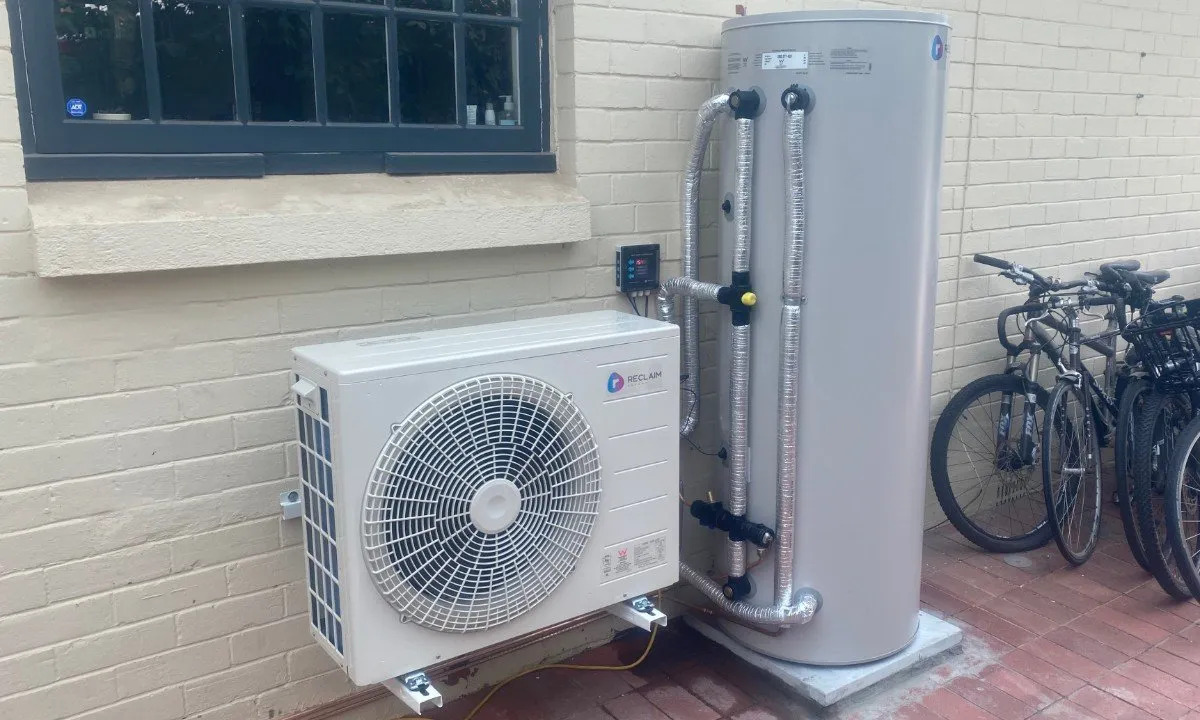
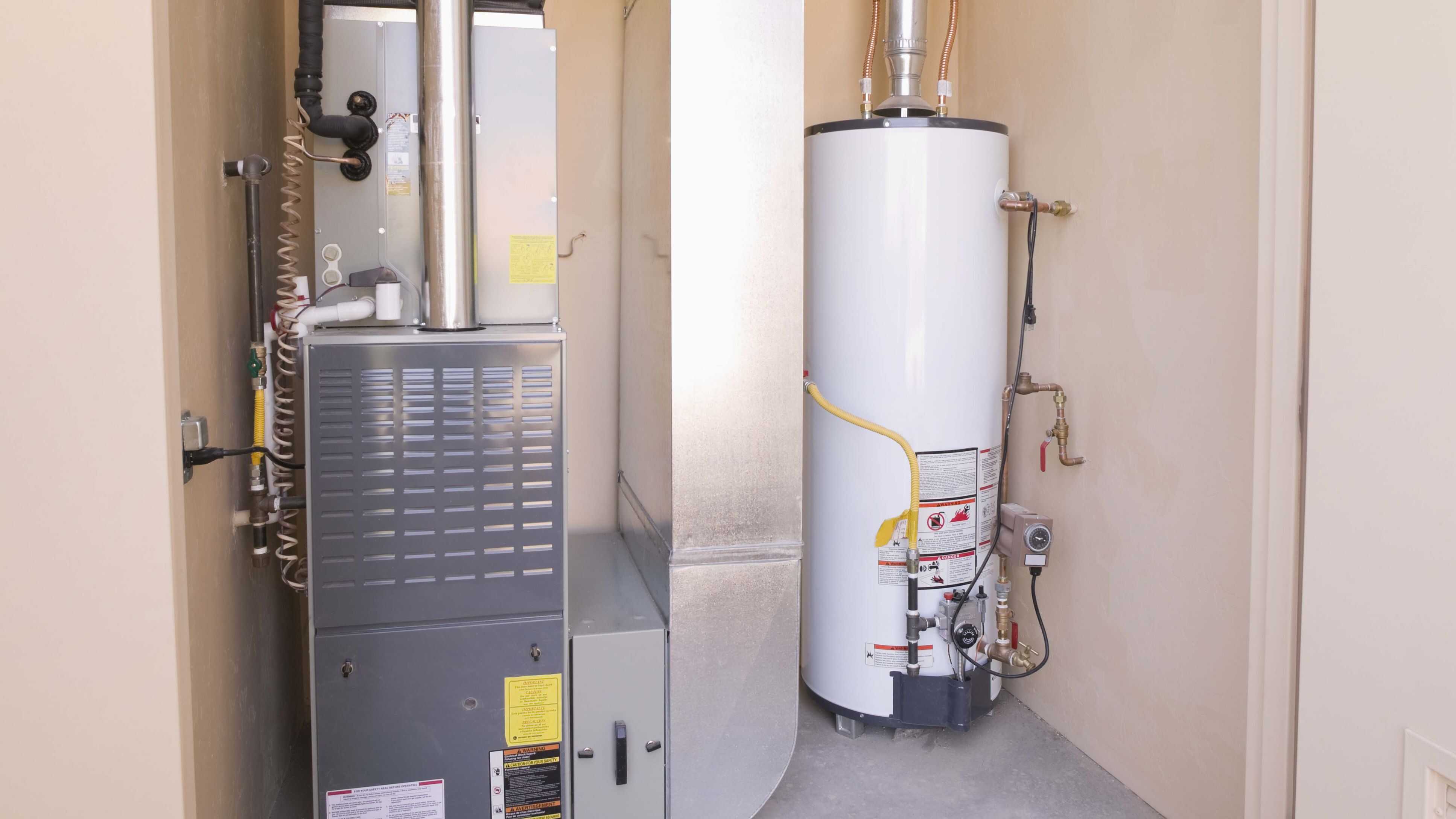
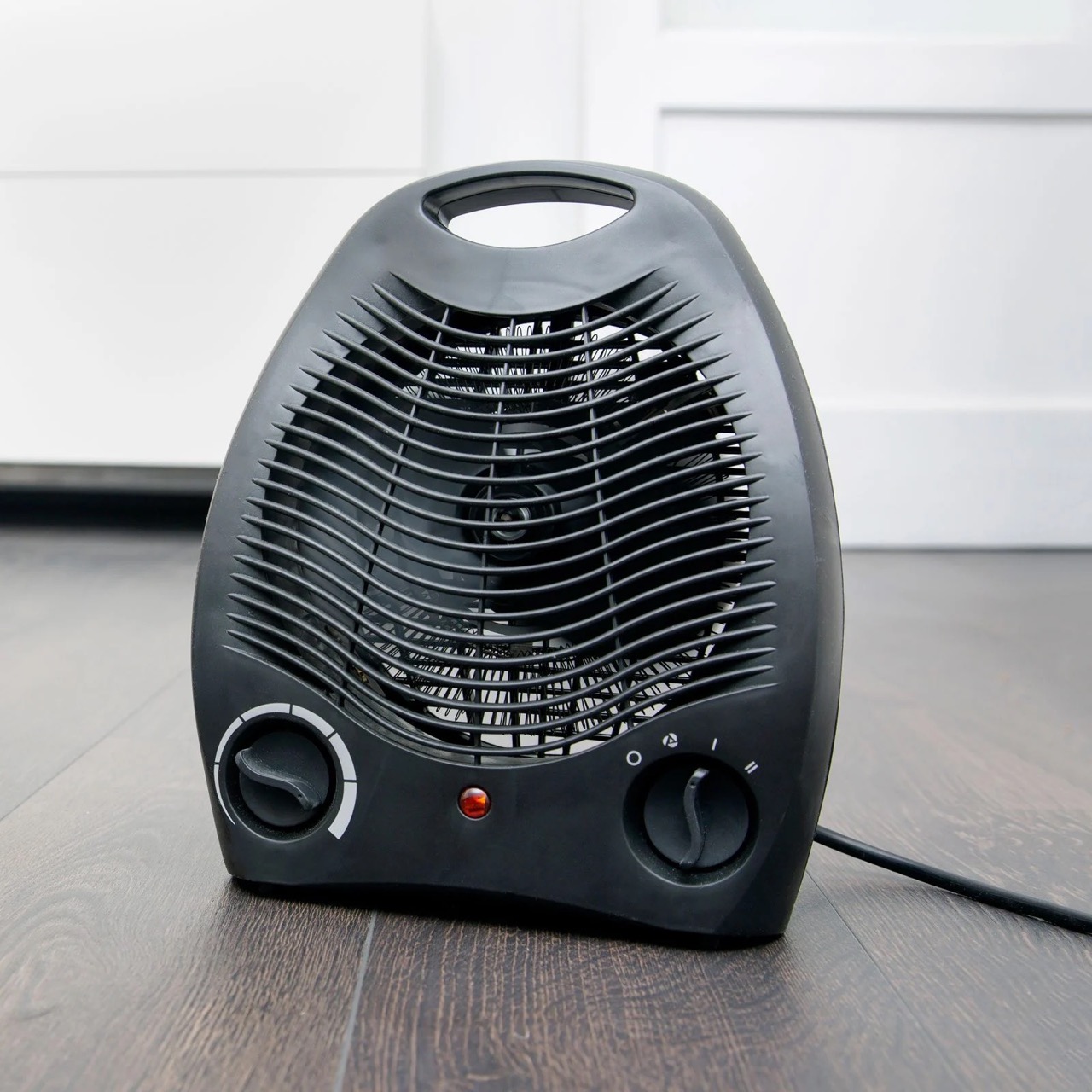
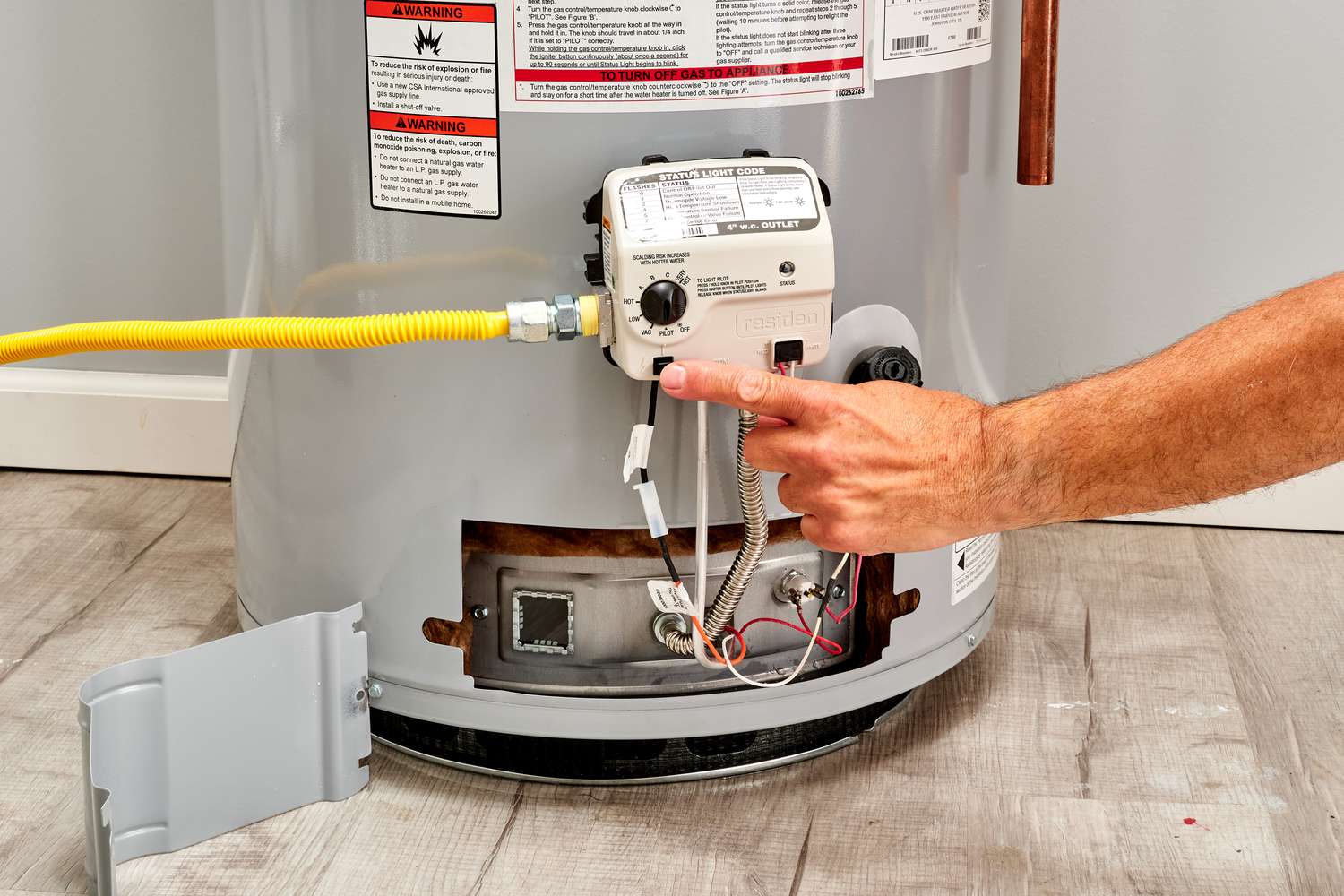
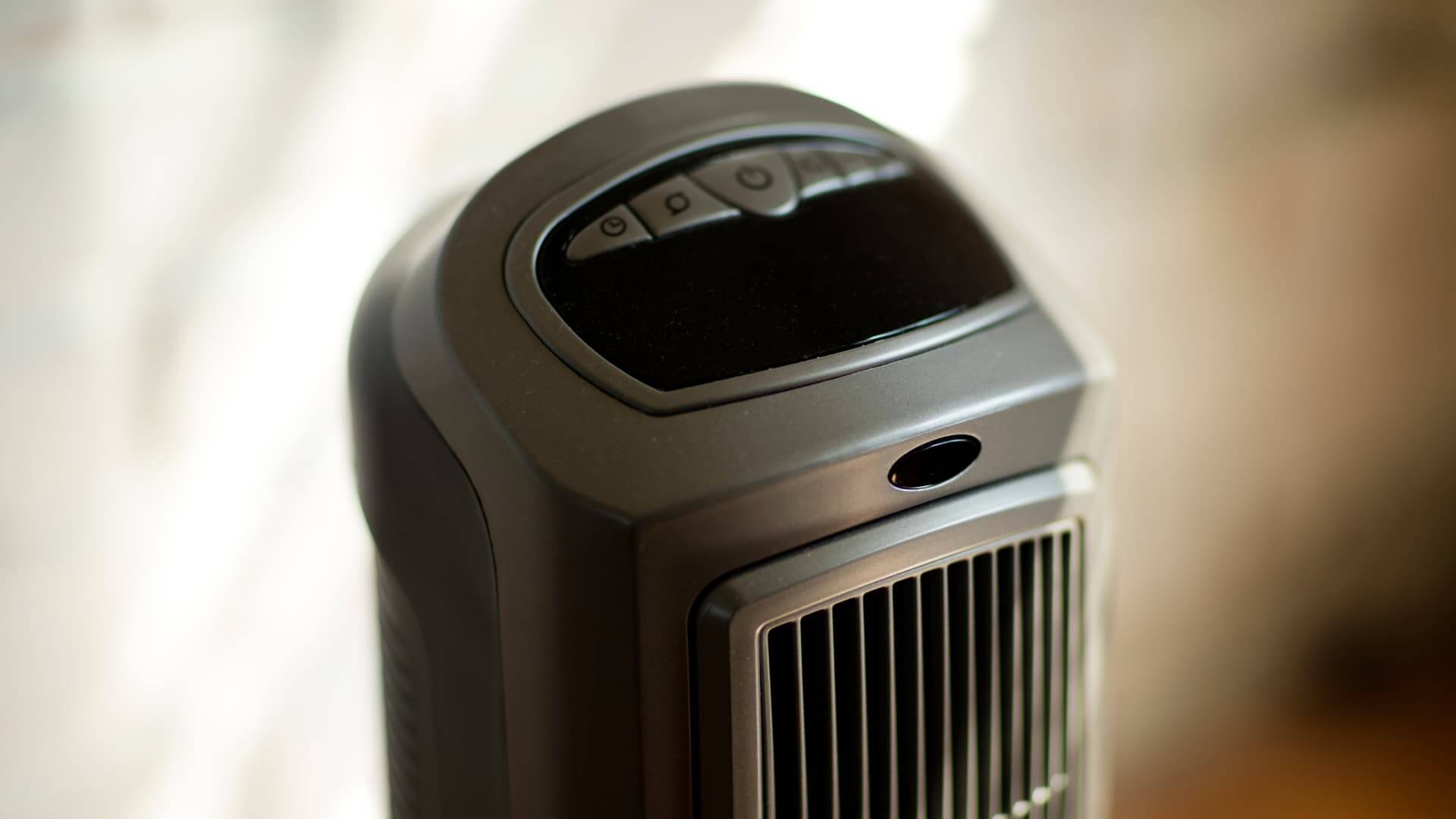
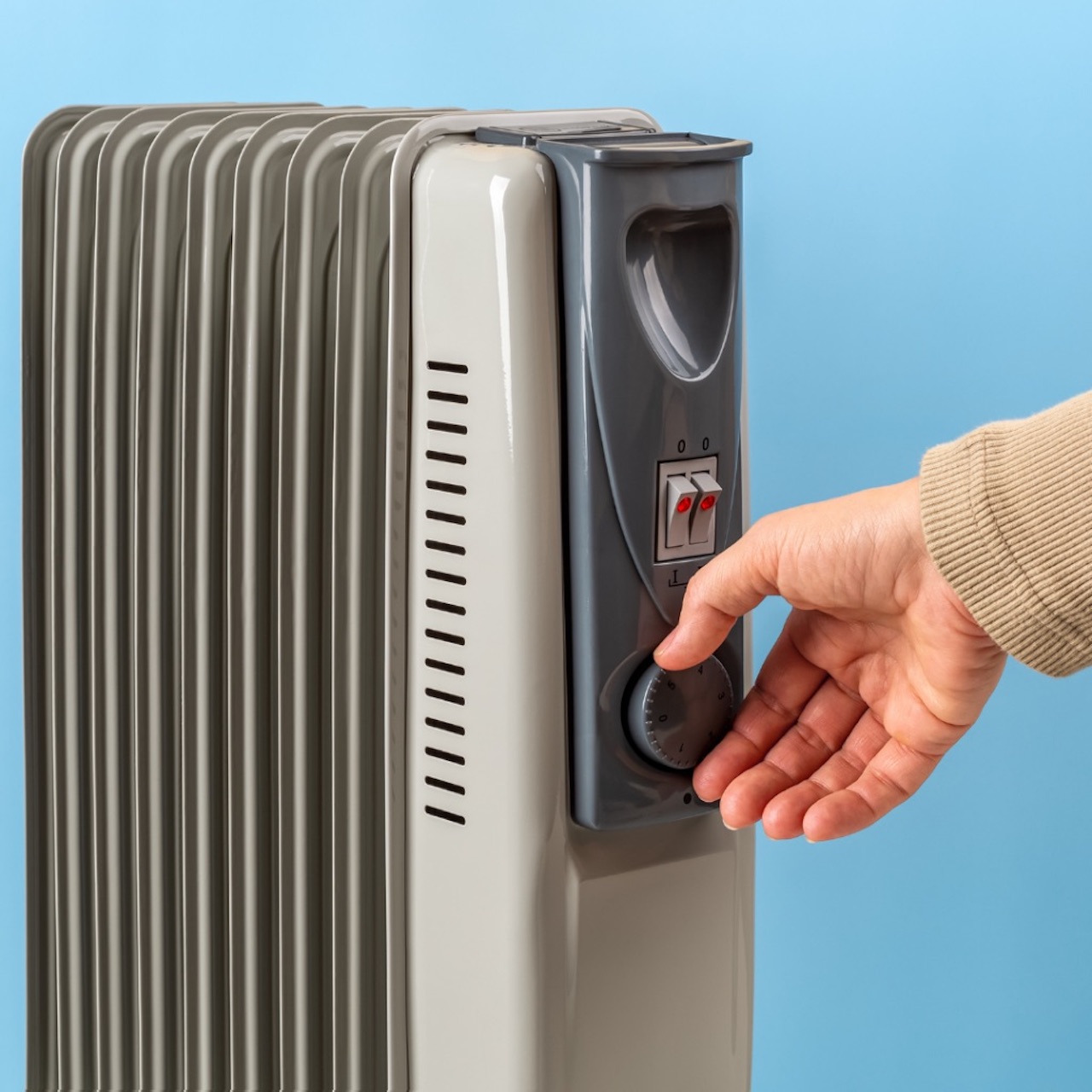
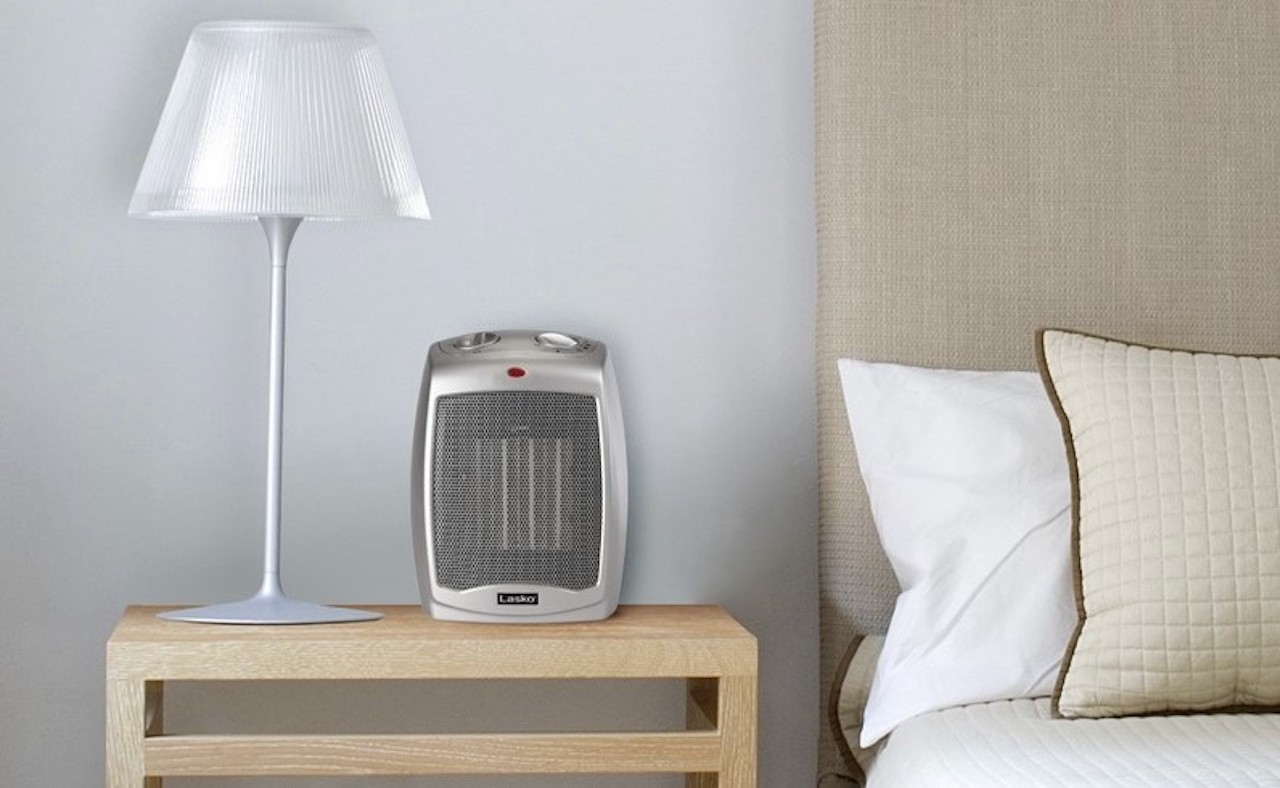
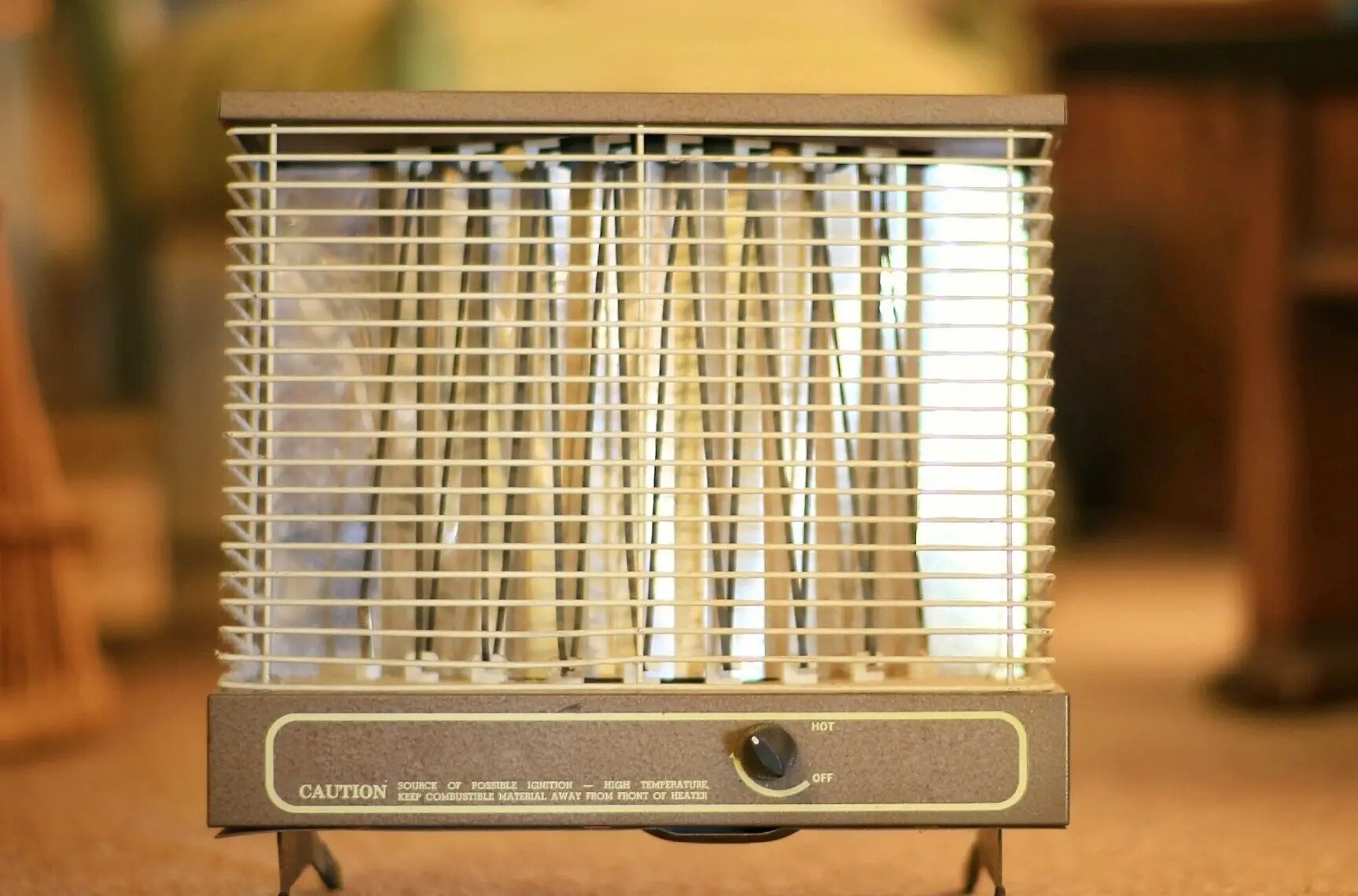
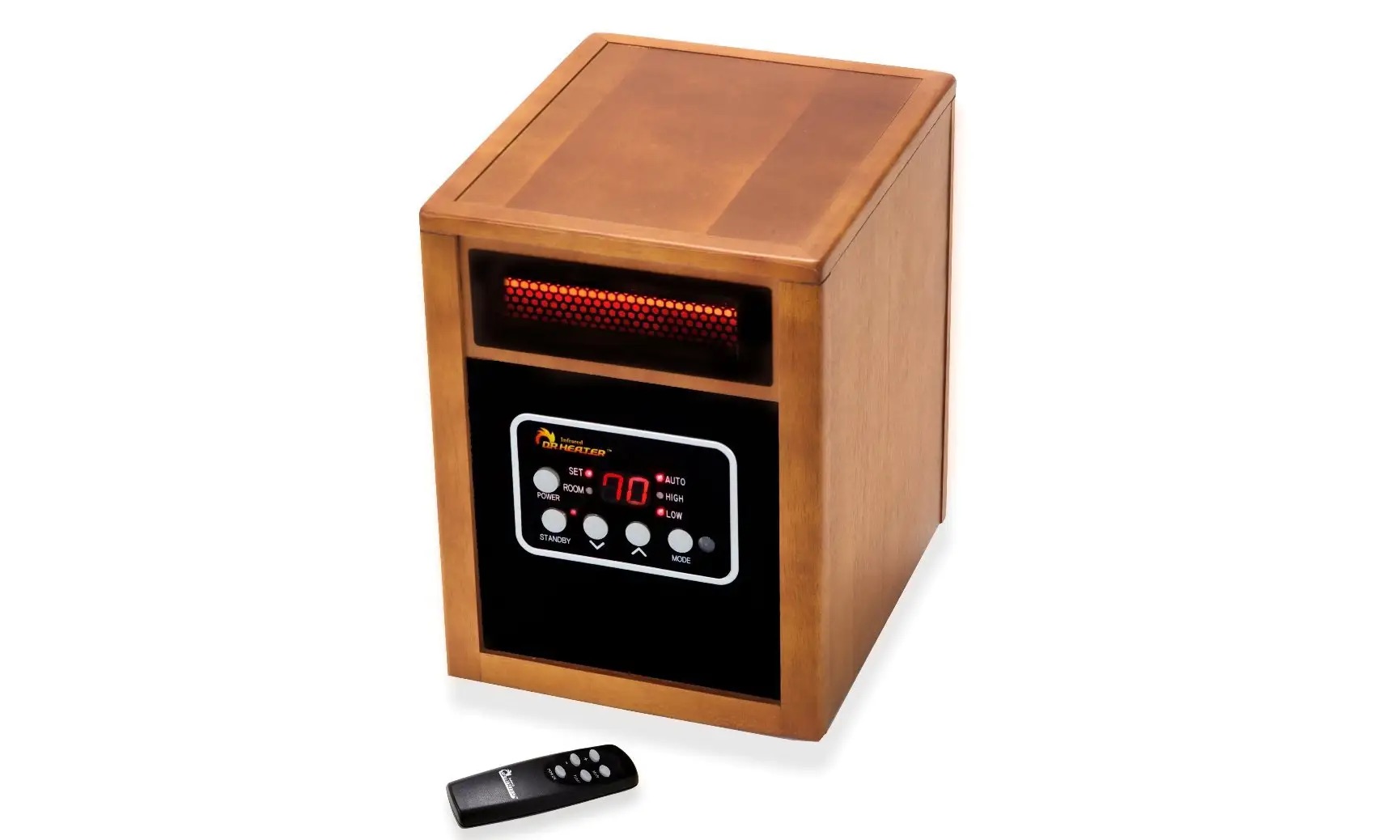
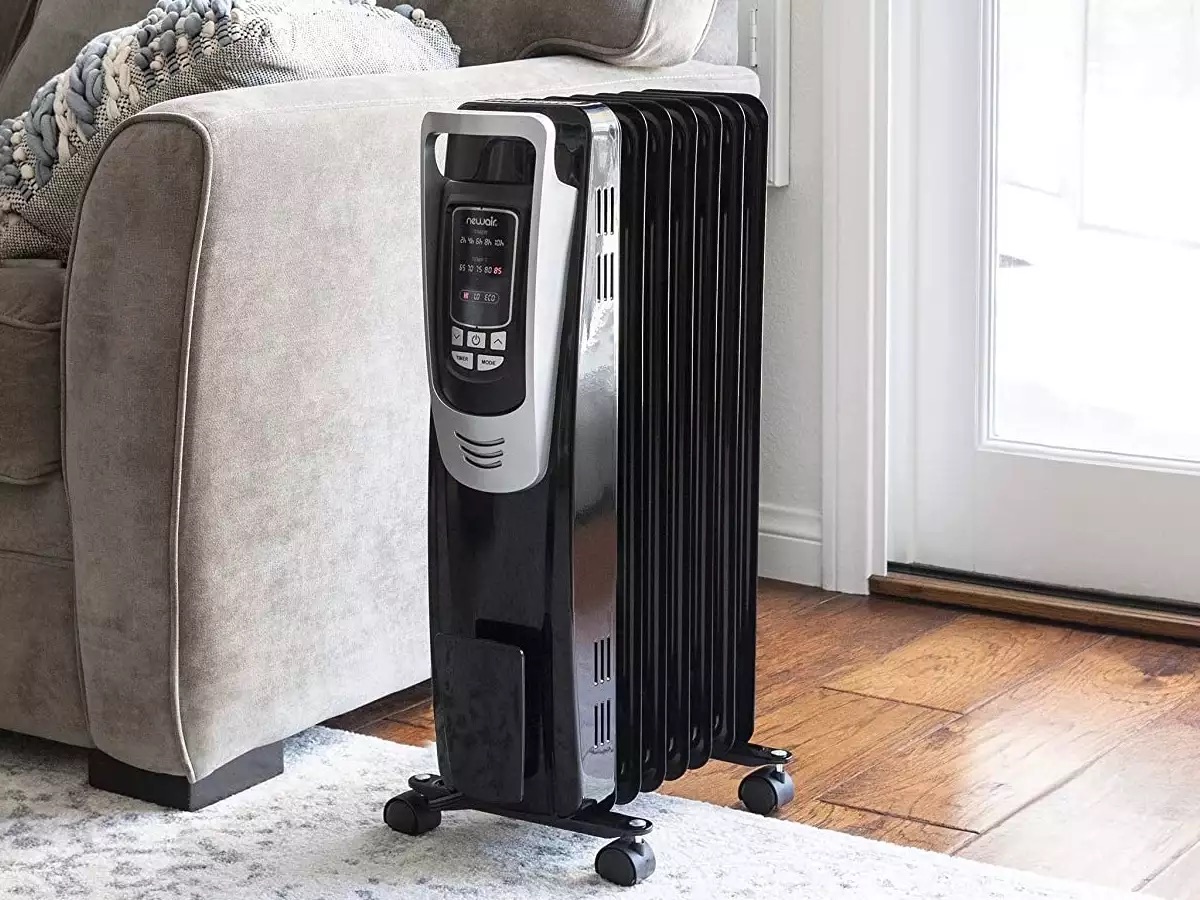
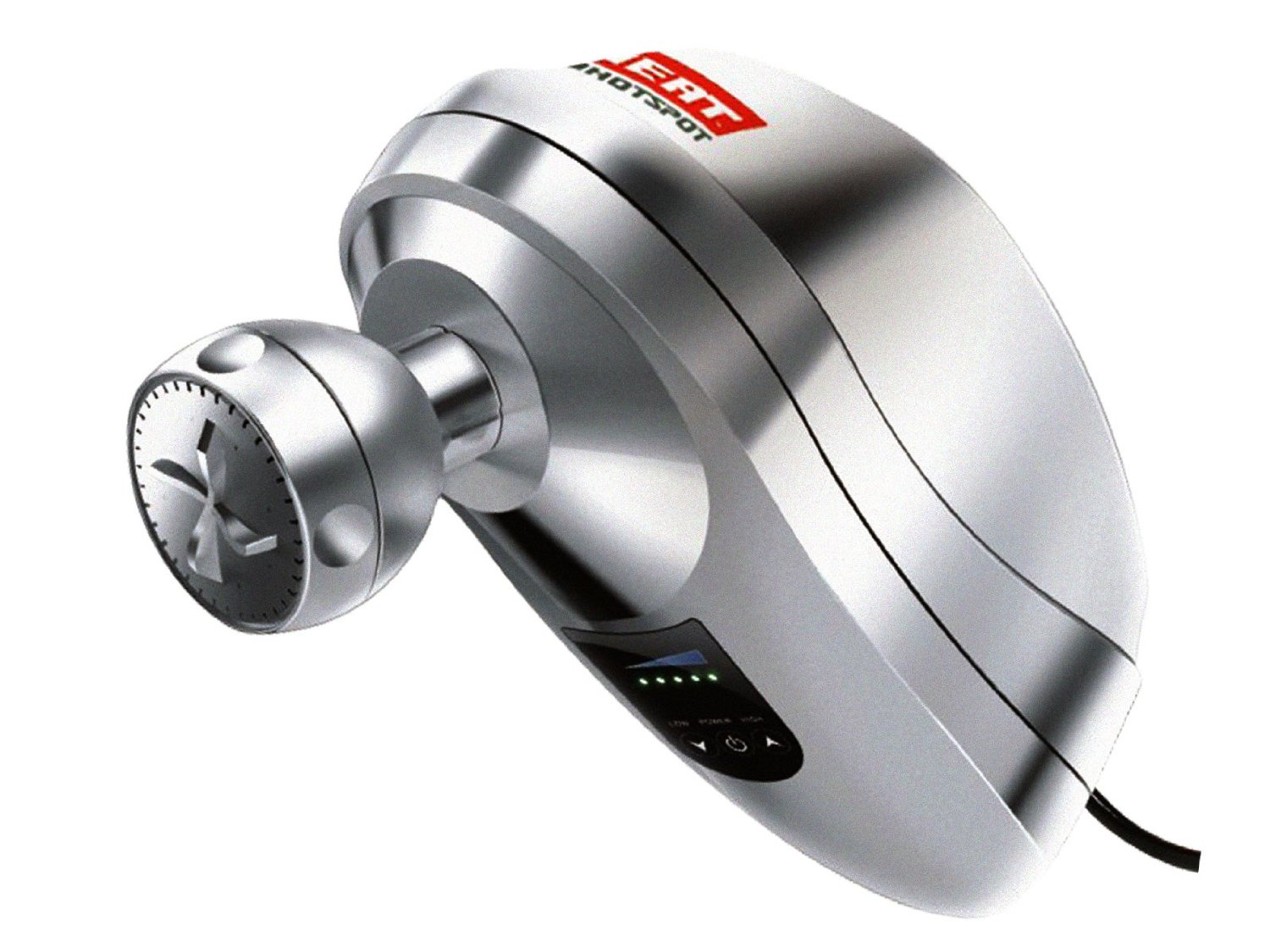
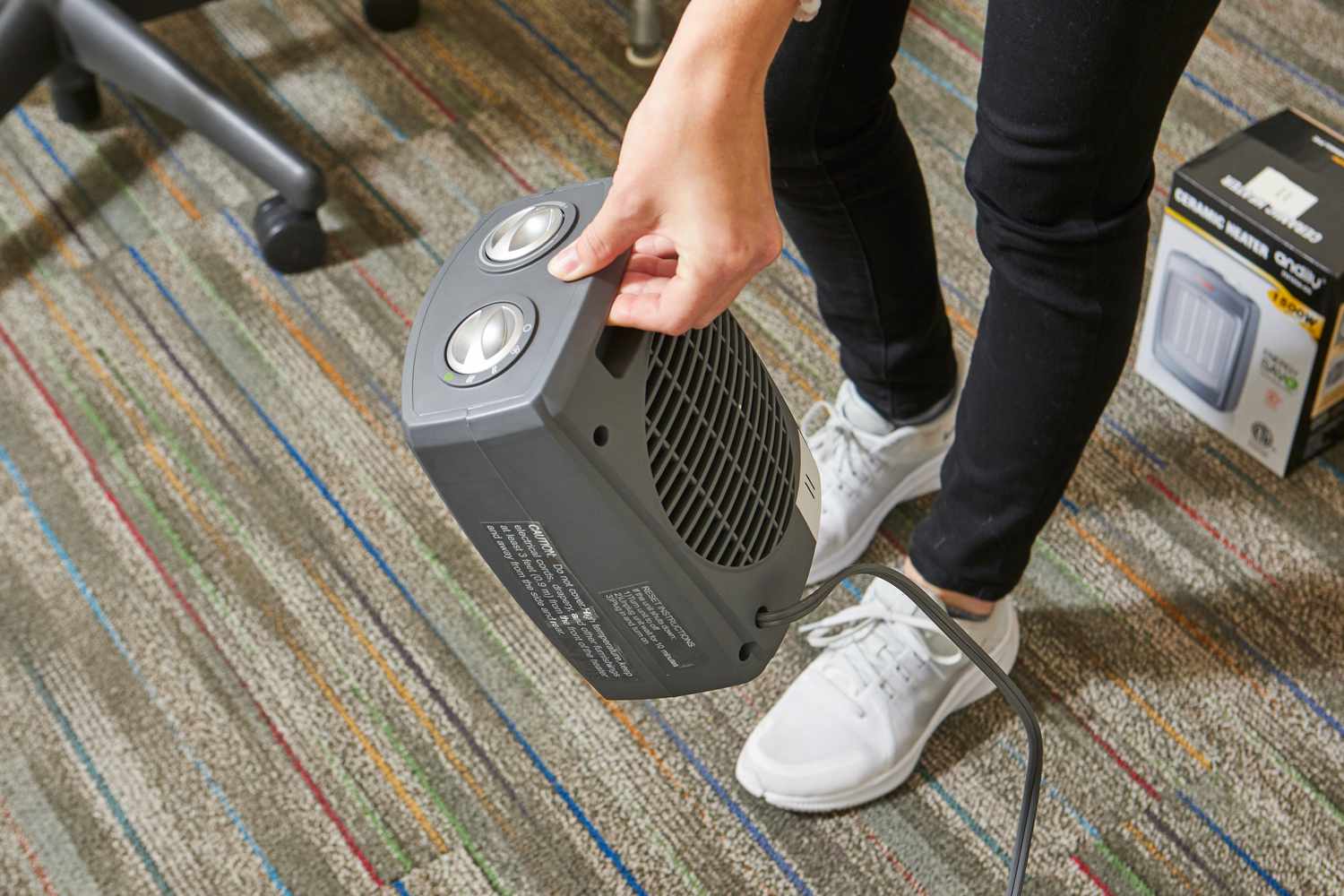
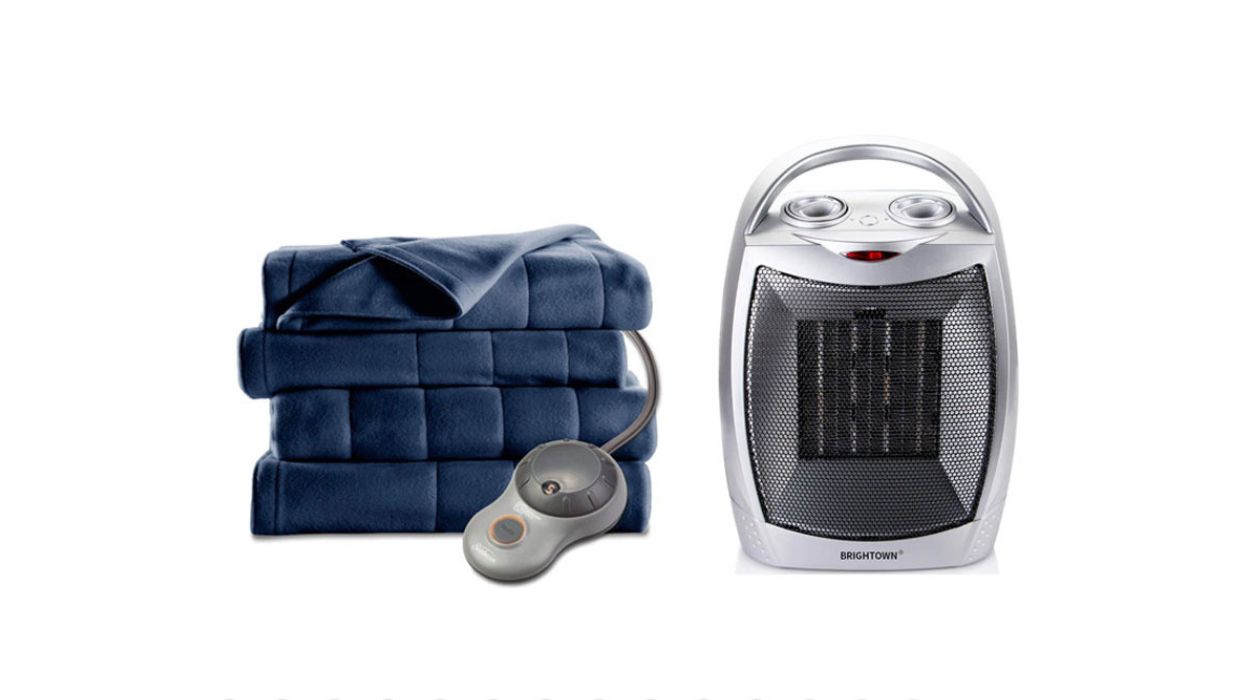

0 thoughts on “How Does A Space Heater Work?”